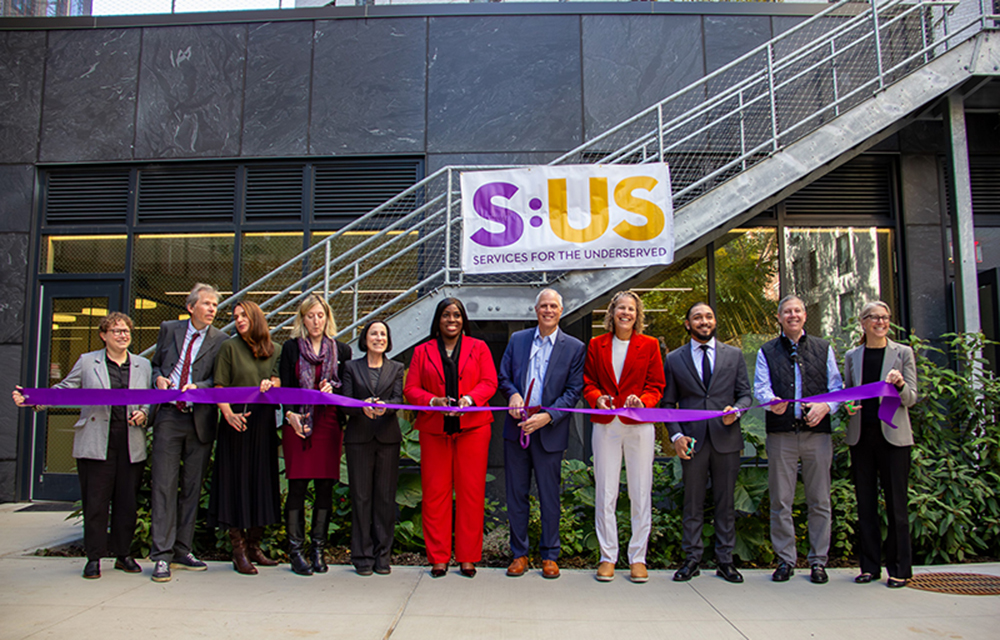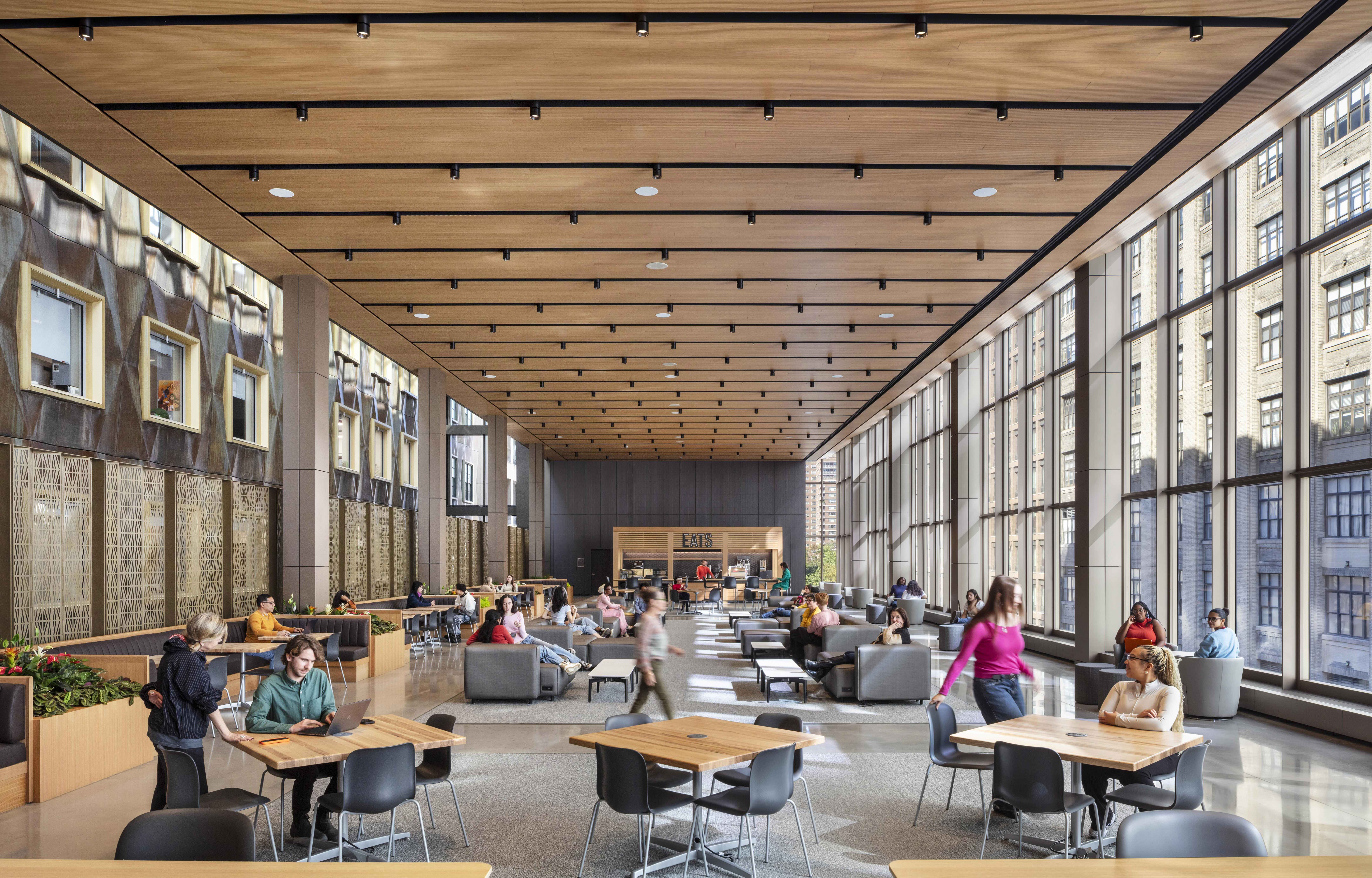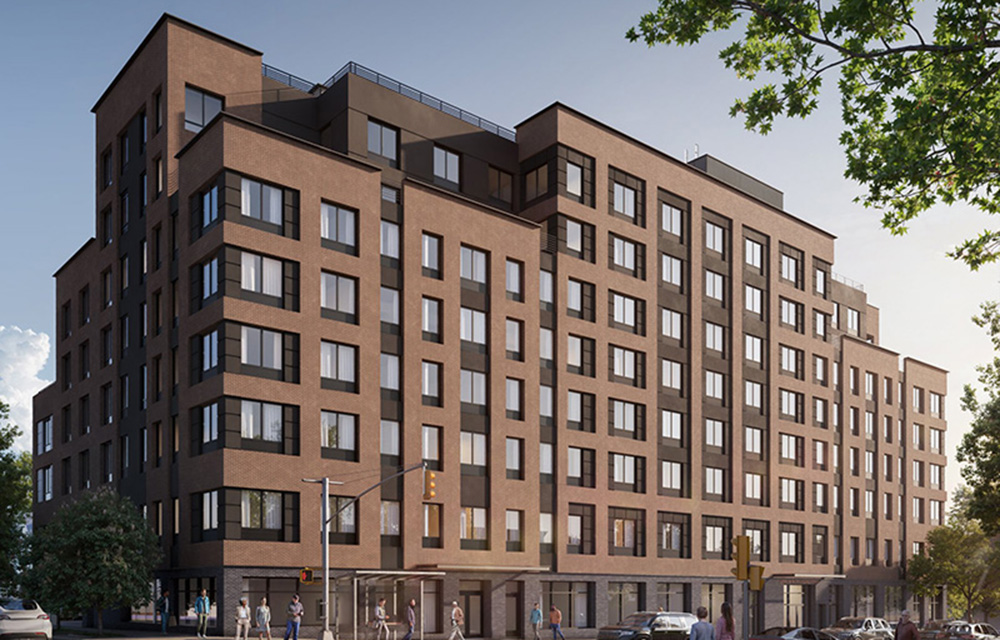The real estate industry and sustainable design in the new normal - by Jing Xue

DecorMatters
For a number of years now, sustainability has been at the forefront of real estate. However, cost, supply chain, and logistics have always posed challenges for the industry’s attempts to be more environmentally-conscious. Yet with the advent of the COVID-19 pandemic, people are reassessing their values and lifestyle choices, and are calling for more green real estate.
Lockdown measures in the crisis have meant that people are recognizing the significance of home - in fact, more people are contemplating moving because of the crisis. At the same time, people have a stronger emphasis on ethical consumption, and despite uncertain market conditions, houses are actually selling at a faster rate than compared to the same time last year.
Even prior to COVID-19, 81% of consumers said they felt it was extremely important for companies to have environmental objectives. As the pandemic accelerates this belief, real estate has to find ways to incorporate eco solutions for good.
Here’s why the real estate industry will embrace sustainable design in the new normal:
Public spaces
The worldwide green building materials market is predicted to boom by $187.4 billion between 2020 to 2027. Already, mainstream buildings like the Shanghai Tower, CopenHill, and Pixel Building are championing green architecture and design, making the general public more familiar with sustainable real estate in urban areas. The trend has since meant that people are starting to expect real estate to be constructed in a way that keeps the environment and society in mind.
In turn, individuals are looking to their employers to promote eco policies that align with their personal convictions. Office blocks and corporate spaces are having to swiftly modernize in a manner that demonstrates social awareness and responsibility. For instance, vertical gardens, rainwater harvesting, and solar panels are emerging as staple features of large, multinational buildings.
Meanwhile, in apartment complexes and communal living spaces, green design has played an active role in helping curb the spread of the COVID-19 virus. By controlling air pollutants and setting up effective water seals to reduce contagion through drainage systems, councils in China are proving that there is a real connection between residents’ health and real estate with an eco focus.
Homes
A staggering two billion new homes will be needed globally by 2100. As population numbers increase, there is a heightened awareness that resources are finite and governments have to promote energy-efficient real estate for the foreseeable future. Notably, it is younger generations who are more conscious of their carbon footprint and are pushing for positive impact in the real estate sector.
As the pandemic makes remote work standard practice, people are investing in their homes as an office space, and are doing so with an environmental lens. The tiny house movement has gained real momentum in the past months in certain regions, as people realize the benefits of custom-building properties using less space. Research also highlights that downsizing to a tiny home can lower energy consumption by up to 45% per person.
Conventional homebuyers are equally searching for more sustainable features like energy-saving appliances, insulation, LED lighting, drain-water recovery systems, geothermal heating, and locally-sourced green materials. Studies even show that people are willing to pay more for these components, and in some cases, can cause an uplift in property valuations.
There are a number of tools to measure and qualify how sustainable a property is. For example, the Home Energy Rating System (HERS) index is nationally-recognized and calculates how much energy is used for home functions, as well as how much clean energy a home generates. The lower the score, the more eco-friendly a house is, the lower the utility bills, and the greater chance of receiving a higher property valuation.
Investment opportunities
Sustainability in the real estate industry isn’t limited to customers; it’s being seen as a competitive advantage by investors too. Green-certified buildings tend to have positive sale and rental premiums compared to non-green buildings, plus have 14% lower operating costs and nine percent higher occupancy rates. Moreover, 95 % of millennial investors have reported being interested in sustainable investing.
Not only is green real estate a core part of social responsibility, it can also be profitable for the sector. By framing its progress around environmental, economic, and cultural impact, the industry can innovate while adapting to new customer preferences on a long-term basis. Not to mention, with city and country-specific legislation like San Francisco’s 2008 green building code, there is a framework for the real industry to be sustainable from planning, and construction, through to investment and living.
As COVID-19 has brought to light the need to have safe offices, homes, and public spaces, sustainable real estate can showcase its value while also establishing new revenue streams.
Jing Xue is COO and co-founder at DecorMatters, Milpitas, CA
Troutbrook expands with boutique condo project and Marriott Fairfield Inn & Suites renovation








.gif)
.jpg)
.gif)
.gif)